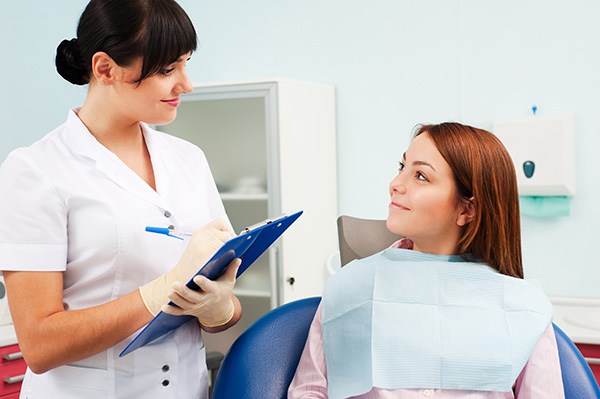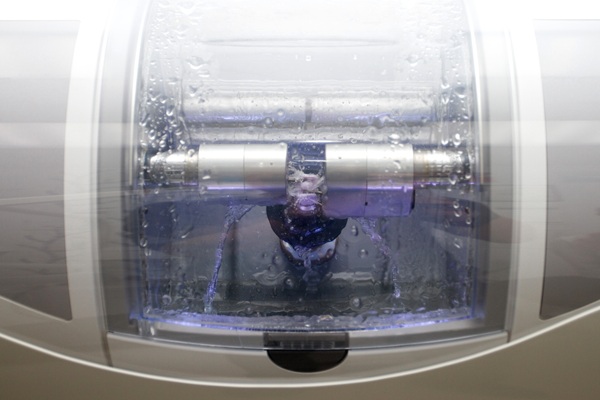Oral Surgery After Car Accident

Thinking oral surgery is necessary to repair any dental-related injuries to your mouth? When you have been involved in a car accident and are experiencing dental problems, your next step is making an appointment with a dental professional for a full evaluation. The injuries may be minimal or serious. If they are serious, you may need to undergo oral surgery in order to repair them.
Car accident injuries
Wondering if you are in need of oral surgery? While car accidents happen all the time, no one ever knows what kind of injuries they will receive after being involved in a car accident. While some of the more common types of injuries include whiplash, broken bones and knee trauma, oral injuries are also common. These injuries may be temporary or permanent and the only way you can understand the extent of your injuries is to see a dental professional.
Reasons for oral surgery
The list below includes some of the more common reasons that someone may need to undergo oral surgery after being involved in a car accident.
Damaged teeth
Anytime the teeth have been damaged in a car accident, it may be necessary to fix the damaged teeth using oral surgery. A few examples include repairing any major tooth damage to allow for proper functioning, reinserting and stabilizing a completely knocked out tooth and replacing any completely knocked out teeth with dental implants.
Soft tissue injuries
When someone experiences soft tissue injuries after being involved in a car accident, it means they will have lacerations in or around their mouth area, including their gums. When the gums are lacerated, it is necessary for a dental professional to suture the gums in order to repair them.
Bone injuries
A bone injury may require someone to undergo oral surgery in order to repair the bone. Jaw-related bone injuries tend to be a common type of car accident injury, making corrective jaw surgery often necessary for those who have experienced a bone injury. Common bone injuries include a fracture of the eye socket, nasal bone, cheekbone and jawbone. It does not matter whether or not the injury is minor or complex, any type of bone injury in the facial area needs to be corrected as soon as possible.
TMD
Yes, it is possible for someone to be diagnosed with temporomandibular disorder after being involved in a car accident. While jaw pain is one of the more common symptoms associated with TMD, other symptoms include difficulty opening the mouth when chewing food, hearing a popping sound when opening the mouth, experiencing ongoing earaches and/or headaches and actually having the jaw lock into position when opening it or closing it.
Are you in need of a dental appointment?
Do you need to find out if oral surgery is necessary to repair any mouth injuries you sustained after being involved in a car accident? We can get you scheduled in at a time that is convenient for you, so just call us now and let us know when you can come in so we can see you at that time. If you happen to have any questions for us, please do not hesitate to contact us now so we can provide you with the answers you need.
Request an appointment here: https://aestheticsmiles.com or call Aesthetic Dentistry of Noe Valley at (415) 493-9143 for an appointment in our San Francisco office.
Check out what others are saying about our services on Yelp: Read our Yelp reviews.
Related Posts
Aesthetic dentistry is something that many could benefit from when it comes to dental treatment. Much like a master carpenter, aesthetic dentistry combines the underlying practice of traditional dentistry with the artistry of creating a beautiful smile. However, aesthetic dentistry is not just about making one's smile gorgeous. Instead, it also aims to make sure…
If you have ever had a dental crown placed, you know that the process often involves multiple visits and temporary crowns. A CEREC dentist offers a faster solution to the typical dental crown process. Using advanced technology, these dentists create durable, high-quality crowns in just one appointment.A CEREC dentist uses Computer-Aided Design and Manufacturing (CAD/CAM)…
Are you considering undergoing teeth bleaching treatment from a general dentist? White teeth make for an attractive smile, and choosing to undergo professional treatment supports safe and long-term results. When preparing for a teeth bleaching treatment, it is best to ask questions and consider the pros and cons.Consultation appointments are informative and allow patients to…
The TMJ, or temporomandibular joint, connects the lower jaw to the skull. If you are experiencing pain in your jaw, you may be suffering from what is known as TMJ disorder. The disorder may also cause muscle spasms, clicking sounds, or jaw locking. These symptoms can make regular activities like eating and talking painful and…


